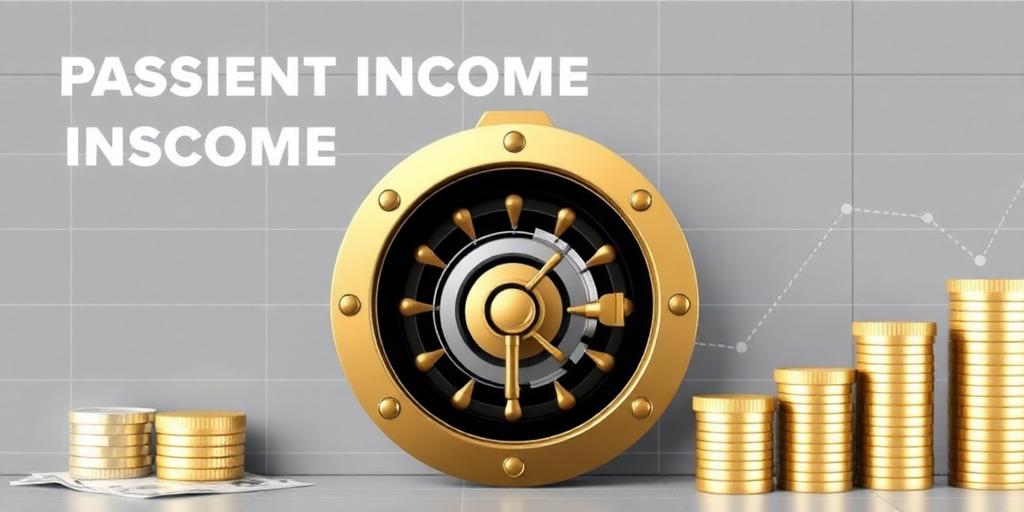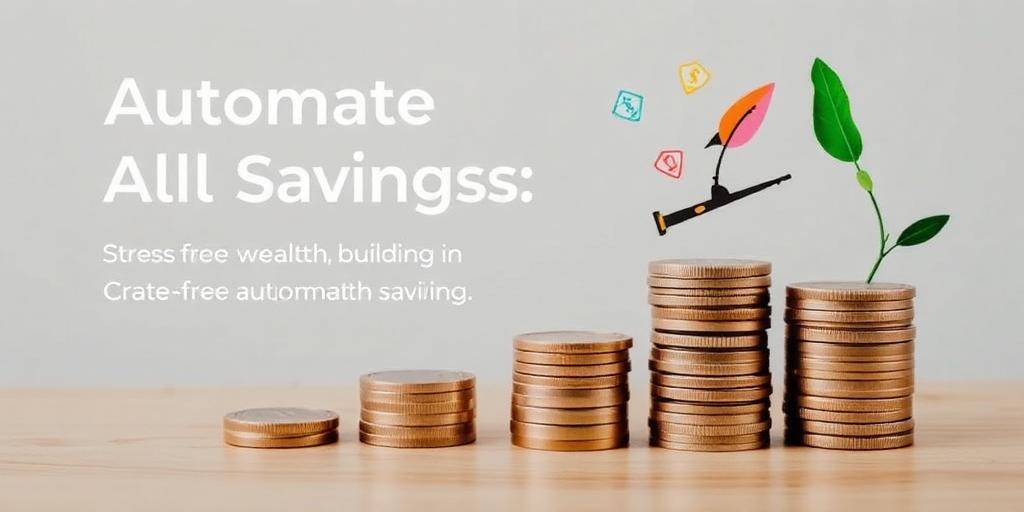Saving for a significant purchase can feel like a daunting task, especially when the allure of instant gratification through debt looms large. However, with strategic planning and disciplined execution, it's entirely possible to achieve your financial goals without accumulating burdensome debt. This guide provides a step-by-step approach to saving effectively for those big-ticket items.
1. Define Your Goal and Timeline:
- Specify the Purchase: Clearly identify what you're saving for. Is it a down payment on a house, a new car, a dream vacation, or something else? Knowing the exact goal is crucial.
- Determine the Cost: Research and determine the actual cost of the item, including taxes, fees, and any associated expenses. Having a precise figure is essential for accurate planning.
- Set a Realistic Timeline: Decide when you want to make the purchase. Be realistic about how long it will take to save the required amount. A longer timeline makes saving more manageable.
2. Assess Your Current Financial Situation:
- Calculate Your Income: Determine your net monthly income (income after taxes and deductions). This is the foundation for your savings plan.
- Track Your Expenses: Monitor where your money is currently going. Use budgeting apps, spreadsheets, or traditional methods to track your spending for at least a month. Categorize your expenses into fixed (rent, utilities) and variable (groceries, entertainment) costs.
- Identify Areas for Reduction: Analyze your spending and identify areas where you can cut back. Even small reductions can add up over time. Consider reducing discretionary spending like dining out, entertainment, or subscriptions.
3. Create a Savings Plan:
- Set a Savings Target: Divide the total cost of the item by the number of months in your timeline. This gives you the monthly savings target.
- Automate Your Savings: Set up automatic transfers from your checking account to a dedicated savings account each month. Automating this process ensures consistency and reduces the temptation to spend the money.
- Consider High-Yield Savings Accounts: Look for savings accounts that offer competitive interest rates. High-yield savings accounts can help your money grow faster.
4. Boost Your Income (Optional but Recommended):
- Explore Side Hustles: Consider taking on a part-time job or freelance work to supplement your income. Even a small increase in income can significantly accelerate your savings progress.
- Sell Unused Items: Declutter your home and sell items you no longer need. Use online marketplaces or consignment shops to turn unwanted possessions into cash.
5. Stay Disciplined and Track Your Progress:
- Monitor Your Spending: Regularly review your budget and spending to ensure you're staying on track. Make adjustments as needed.
- Celebrate Milestones: Acknowledge and celebrate your progress along the way. This helps maintain motivation and reinforces positive saving habits.
- Stay Committed: Avoid dipping into your savings for non-essential expenses. Remember your goal and the importance of avoiding debt.
6. Avoid Debt:
- Resist Temptation: Avoid taking on new debt to finance the purchase. The interest costs associated with debt can significantly increase the overall cost of the item.
- Consider Alternatives: If you absolutely need the item sooner than you can save for it, explore alternatives such as buying a used item or delaying the purchase until you have enough savings.
Saving for a big purchase without debt requires patience, discipline, and a well-structured plan. By defining your goals, assessing your finances, creating a savings strategy, and staying committed to your plan, you can achieve your financial aspirations without accumulating debt. The satisfaction of owning something you've worked hard to save for is far greater than the fleeting pleasure of instant gratification through debt.








